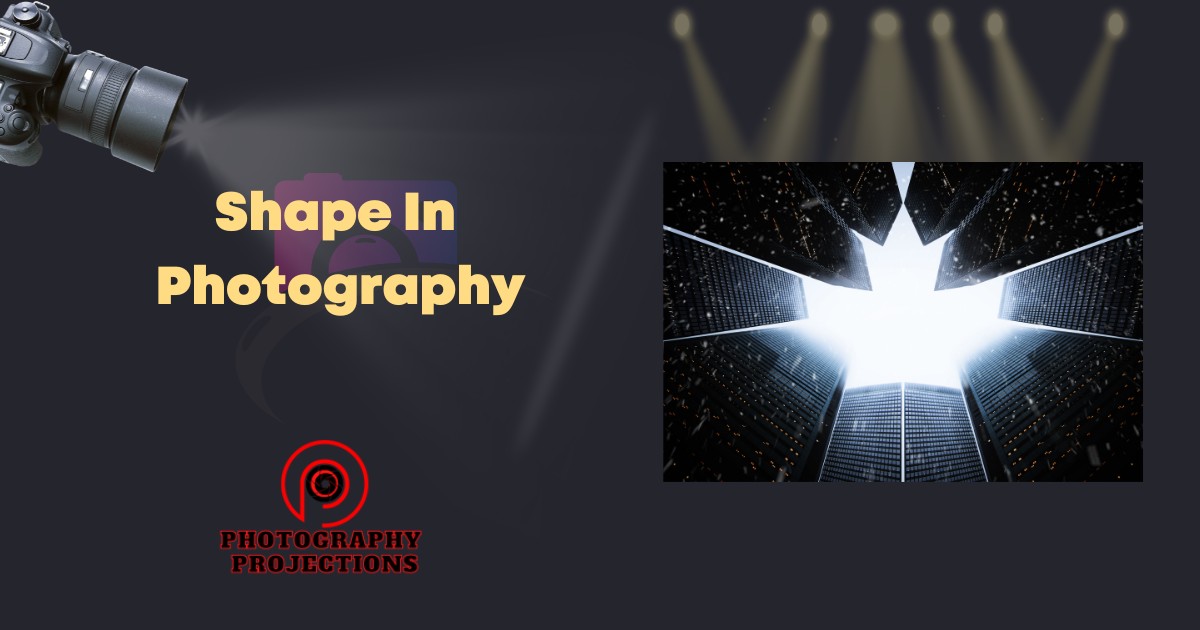The shape in photography refers to the visual elements that form the composition of an image. Shapes can be organic or geometric and play a crucial role in creating depth, movement, and balance within a photograph.
As a photographer, understanding the role shapes play and being able to identify and incorporate them into your compositions can enhance the overall aesthetic appeal and message of your images.
Shapes can be created through the use of light and shadow, lines, patterns, and even the subjects themselves.
Different shapes can evoke various emotions in the viewer, so it’s vital to consider the intended message of your photograph when selecting and arranging shapes.
By paying attention to the shapes in photography, you can transform ordinary scenes into powerful visual stories.
Shape In Photography: How Crucial?
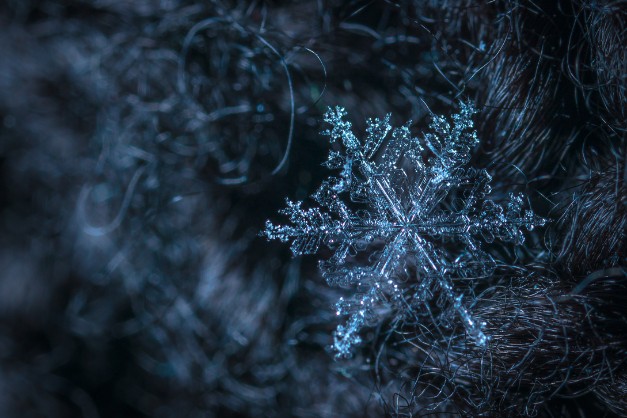
In photography, shape refers to the outline or the boundary that separates an object from its surroundings. It can be geometric or organic and plays an essential role in creating a visually compelling image.
While photographing, pay attention to the shape of the subject and its relationship with the environment.
Difference Between Shape And Form In Photography
While shape refers to the two-dimensional outline of an object, form describes the three-dimensional appearance of an object. In photography, form is created by the interplay of light and shadow, and it adds depth and texture to an image.
While capturing an image, pay attention to the form of the subject to create dimension and interest.
Dynamic And Static Shapes
Shapes in photography can be categorized as either dynamic or static. Dynamic shapes are those that convey motion, tension, and energy.
Examples include a bird in flight or a dancer in motion. Static shapes, on the other hand, are stationary, and they convey stability and stillness. Examples include a mountain or a building.
Understanding the difference between these two types of shapes can aid in creating a well-balanced composition in your photograph. Understanding the role of shape in photography can improve the quality of your images and help create compelling compositions.
Paying attention to the shapes of objects and their relationship to the environment, as well as the difference between static and dynamic shapes, can aid in creating visually interesting and enjoyable photographs.
Shapes In Photography Composition Is Valuable
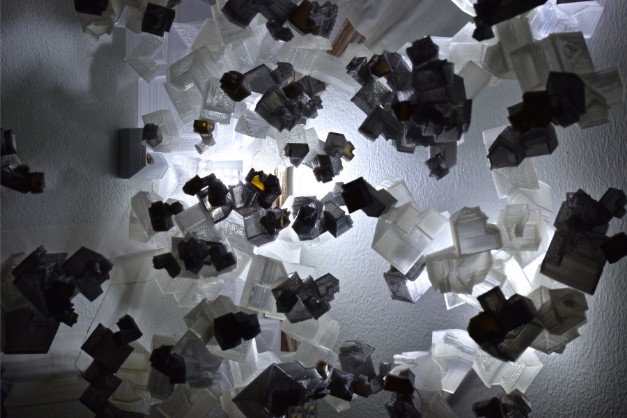
Shapes play a crucial role in photography composition, significantly impacting the final product’s artistic expression. Photographers use various shapes, such as circles, triangles, and rectangles, to create visual interest in their images and evoke emotions.
We will explore the role of shapes in photography composition and how they help create balance and movement in a picture.
1. Shapes In Photography Composition
Shapes are a fundamental element of photography and help provide structure to a photograph.
Here are some key ways that shape contributes to a photograph’s composition:
- Shapes add visual interest and make a photograph more aesthetically pleasing.
- They can also be used to create patterns and textures that contribute to the image’s overall feel.
- Shapes can provide a sense of scale and depth to a photograph.
- Different shapes evoke different emotions and can affect the tone of the photograph.
2. Shapes To Create Balance In Photography
Balance in photography refers to the distribution of visual weight in a photograph. Shapes can be used to create a sense of balance in an image.
Here are some ways that shape helps create balance in photography:
- Symmetrical shapes create a sense of harmony and balance.
- Asymmetrical shapes can create a dynamic and intriguing photograph.
- The use of negative space with shapes can also create a sense of balance.
3. Shapes To Create Movement In Photography
Shapes can be used to create a sense of movement in a photograph. This movement helps draw the viewer’s eye and create a sense of visual interest.
Here are some ways that shapes can help create movement in a photograph:
- Diagonal shapes can create a sense of motion and lead the viewer’s eye through the image.
- Curved shapes can lead the viewer’s eye in a circular motion through the image, creating a sense of flow and movement.
- The repetition of shapes can create a sense of rhythm and motion in a photograph.
Shapes are a critical element of photography composition. Understanding how to use shapes to create balance and movement in a photograph is essential for any photographer looking to create captivating and artistic images.
Shapes And Artistic Expressions
Shapes play a crucial role in creating captivating and dynamic compositions in photography. A photographer can use shapes to add depth, texture, and emotion to their images.
We’ll explore how shapes can evoke powerful emotions, create abstract images, and enhance color contrast.
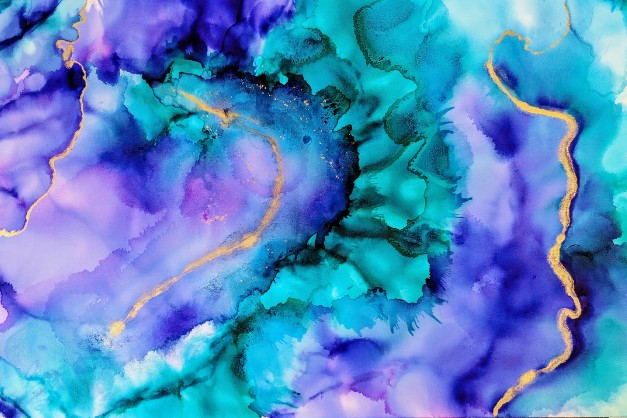
1. Shapes To Create Emotions
A photograph’s shape can stir emotions in the viewer and tell a story on its own. Understanding how to utilize different shapes can help a photographer to convey the mood accurately.
Some ways to use shapes to create emotions in photography include:
- Using circles – circles are known for their softness and provide a sense of warmth and unison. Photographers can use circles to convey warmth, unity, and stability.
- Using triangles – triangles represent power, action, and change. Photographers use triangles to suggest tension, conflict, and imbalance between the elements in the photo.
- Using squares and rectangles – squares and rectangles give a sense of stability, firmness, and balance, ideal for portraying harmony. They can also be used to suggest control and order.
2. Shapes In Abstraction In Photography
Shapes can be used to create abstract images that challenge the viewer’s perception. The photographer uses the shapes, the placement of the subjects, and colors to provoke feelings and ignite the viewer’s imagination.
Some tips for creating abstract photos by using shapes include:
- Playing with geometry – a photographer can employ a simple triangle, circle, or rectangle and use it repeatedly in the composition, creating a dynamic repetition that looks appealing.
- Breaking the rules – a photographer can use asymmetrical shapes and compositions, breaking the conventional rules and creating a unique and dynamic image, all while leveraging the power of shapes.
3. Shape And Color Contrast In Photography
Shapes and colors complement each other perfectly. Composing images with excellent color contrasts can add visual interest to a photograph.
Some tips for creating an excellent color contrast photo by using shapes include:
- Using complementing colors – use colors that complement one another, such as yellow and purple, orange and blue, or green and red, to create a high-contrast image.
- Playing with shapes’ textures – employing different textures in the shapes can make them look natural and attractive, enhancing the color contrast and giving the picture visual weight.
Shapes are an essential element in photography, and they can elevate the art form to new heights.
By having an in-depth understanding of how shapes generate emotions, how they can facilitate an abstract image, and how they can complement color contrast, photographers can create profound and thought-provoking images.
Shapes In Different Photography Genres
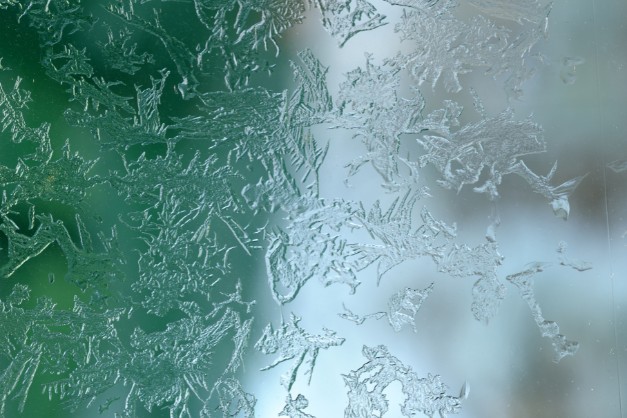
1. Portrait Photography
Shapes play a significant role in portrait photography, as they help frame the subject in an aesthetically pleasing way. Different shapes can be used to create different moods and emotions in the portrait.
Here are some key points to remember while using shapes in portrait photography:
- Use circular shapes to give a soft and gentle feel to the portrait.
- Triangles can be used to create an asymmetrical and dynamic composition, adding an element of interest to the portrait.
- Composing a portrait in a rectangular shape can emphasize the subject’s features and create a formal look.
2. Landscape Photography
Landscape photography can be enhanced by incorporating shapes in the composition. The use of shapes can create a sense of depth and help the viewer’s eye move around the image.
Here are some key points to remember while using shapes in landscape photography:
- Use diagonals to create depth and guide the eye into the image.
- Triangles can be used to create a sense of stability and balance in the landscape.
- Incorporating circular shapes can soften the image and create a sense of calmness.
3. Still Life Photography
Shapes play a vital role in still-life photography, where the composition is carefully arranged to highlight a particular item. The use of shapes can create a contrast between the items, enhancing the texture and depth of the image.
Here are some key points to remember while using shapes in still-life photography:
- Use diagonal lines to create a dynamic and energetic look to the still life.
- Rectangular shapes can be used to create a formal and structured composition.
- Incorporating circles or ovals can add a soft and curved shape in contrast to the sharp edges of other items in the still life.
Overall, incorporating shapes in different photography genres can create captivating compositions and artistic expressions. As a photographer, it is essential to experiment with various shapes and understand their impact on the image’s mood and message.
FAQs About Shape In Photography
What Is The Definition Of Shapes In Photography?
In photography, shape refers to the two-dimensional area enclosed by a boundary or a silhouette within an image.
How Do Shapes Enhance The Composition Of A Photo?
In photography, shapes enhance the composition of a photo by adding structure, depth, and visual interest to an image.
What Are The Different Types Of Shapes In Photography?
In photography, there are geometric and organic shapes. Geometric shapes are regular, structured, and defined by mathematical formulas, whereas organic shapes are irregular and free-form and are found in nature.
How Can Photographers Use Shapes To Create Depth In Images?
Photographers can use shapes to create depth in images by placing them at varying distances and sizes in relation to each other.
What Are Some Techniques For Capturing Shapes In Photography?
Some techniques for capturing shapes in photography include using light and shadows to highlight shapes, framing a subject with shapes, and zooming in on a particular shape in a scene.
How Can Shapes Help Tell A Story In Photography?
Shapes can help tell a story in photography by creating a visual language that conveys emotions, themes, and messages to viewers.
In Conclusion
The shape is one of the fundamental elements of photography that no photographer can ignore. It plays a vital role in creating a visual hierarchy within an image, grabbing the viewer’s attention, and evoking emotions.
The shape in photography conveys the message of the image and enhances its overall aesthetics. With some knowledge of shape, photographers can add depth, meaning, and interest to their work.
It is important to know how the shapes work in various photographs and how they contribute to their overall composition.
By playing with shapes, photographers can create a sense of movement or stillness, highlight specific subjects in their images or create a unique and artistic perspective.
The possibilities are endless! Remember to practice using different shapes and explore all the creative possibilities.
Incorporating shape into your photography can elevate your work and craft unforgettable images that will leave a lasting impression on those who see them.
